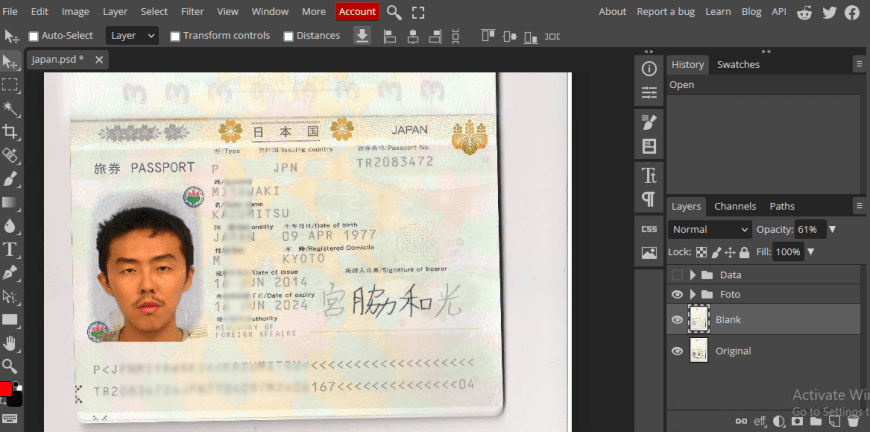Japan shopping bill pdf template
Japan shopping bill pdf template
This is a shopping bill from a Chinese trading company in Japan
A shopping bill in Japan is usually a document provided by a store or retailer that details the list of items purchased by the shopper and the price of each item.Here are some general facts about shopping bills in Japan:
1. Product list: The shopping bill will list a detailed list of each product you purchased, including product name, quantity and price.This helps you check the accuracy of your purchase.
2. Prices and Taxes: The invoice will show the price of each item, as well as any applicable taxes (e.g. consumption tax).In Japan, the price of goods usually includes taxes and fees, so the total price will be clearly displayed on the bill.
3. Date and time: The shopping receipt usually also includes the date and time the shopping transaction occurred.This helps you know when your shopping transaction took place.
4. Store information: The name, address and contact information of the store will be included on the bill so that you can contact the store or return the item if needed.
5. Payment method: The bill will usually show the payment method you used, such as credit card, cash, electronic payment, etc.
6. Return and Refund Policy: Some bills may provide the store’s return and refund policy so you know how to handle an unsatisfactory item or transaction.
A shopping statement is very important to shoppers as it records their shopping transactions and expenses.Shoppers can keep the bill as a record of their purchase to check items and prices, or make returns or refunds if needed.Billing also helps maintain shoppers’ financial records and budget management.
Overall, Japanese shopping bills are important documents for shopping transactions, helping shoppers track their shopping expenditures, ensure accuracy, and contact the store if needed or resolve potential issues.
You must log in to submit a review.










